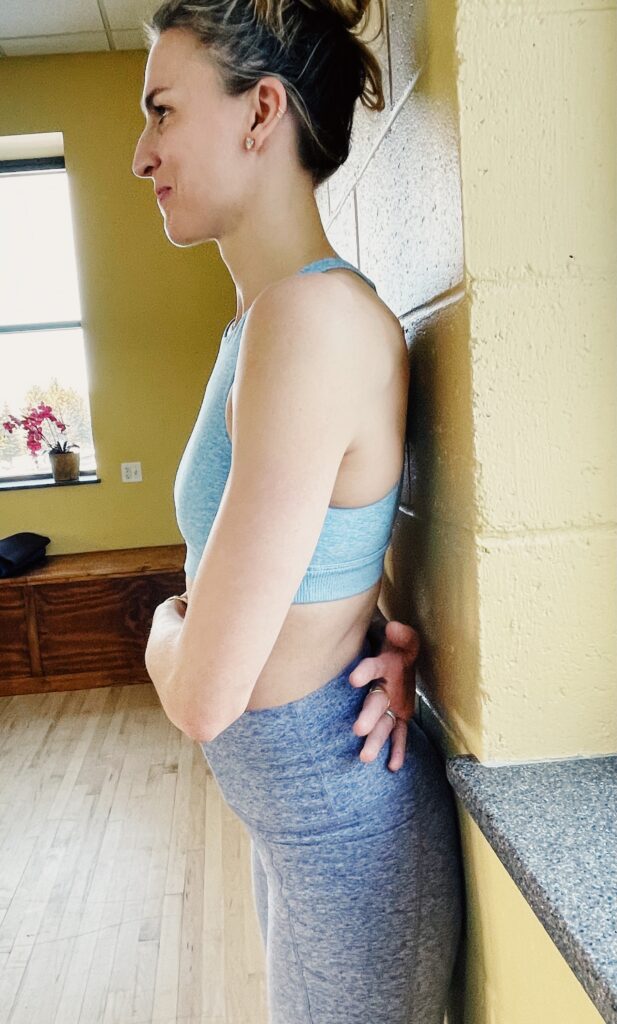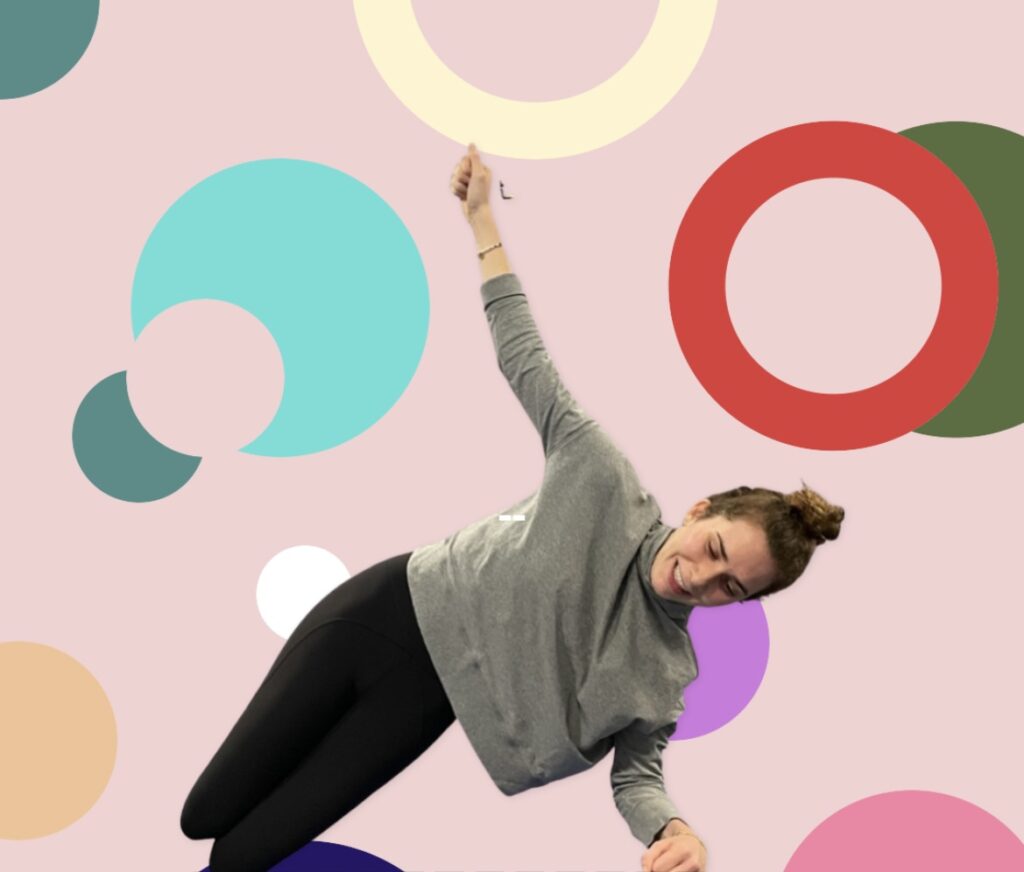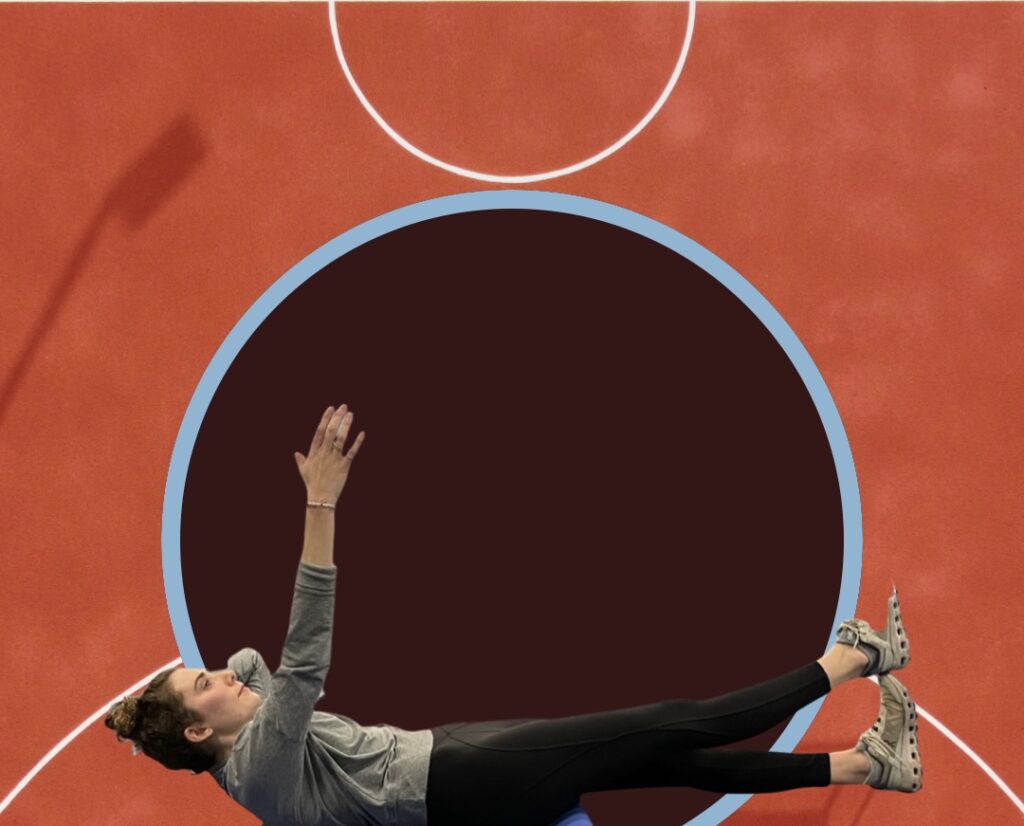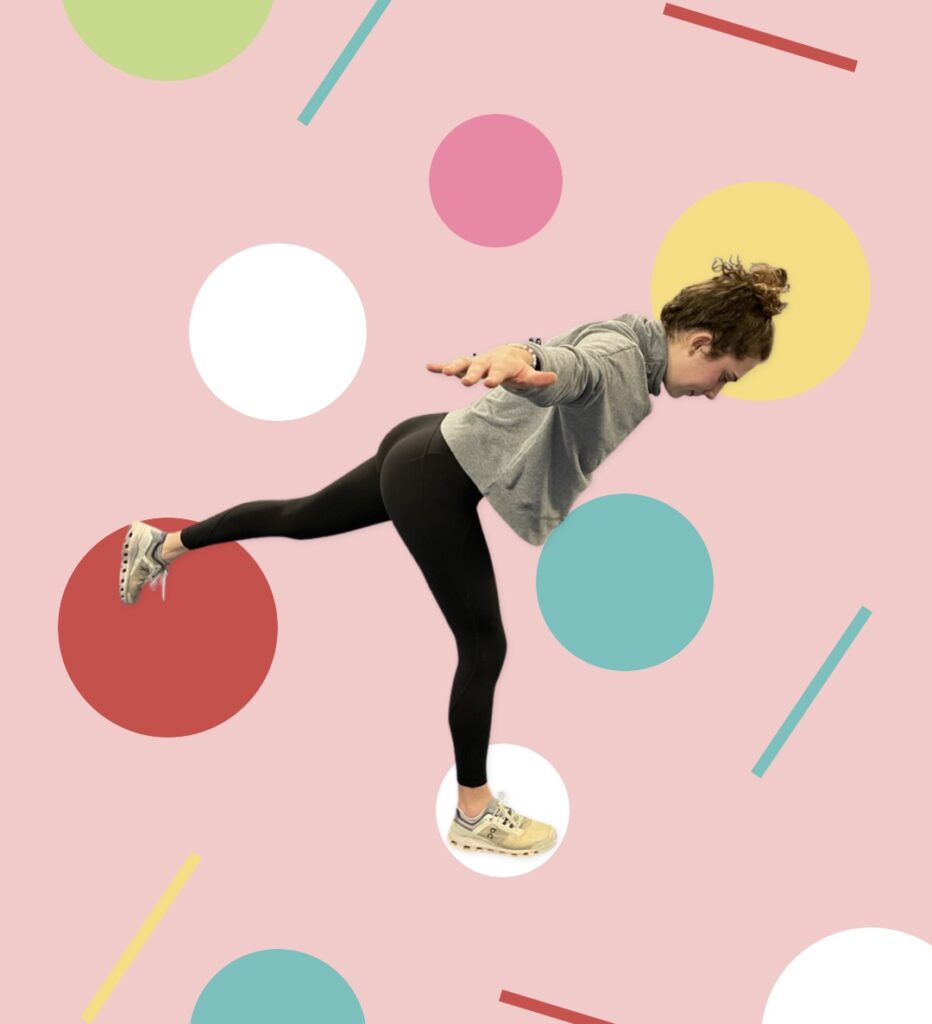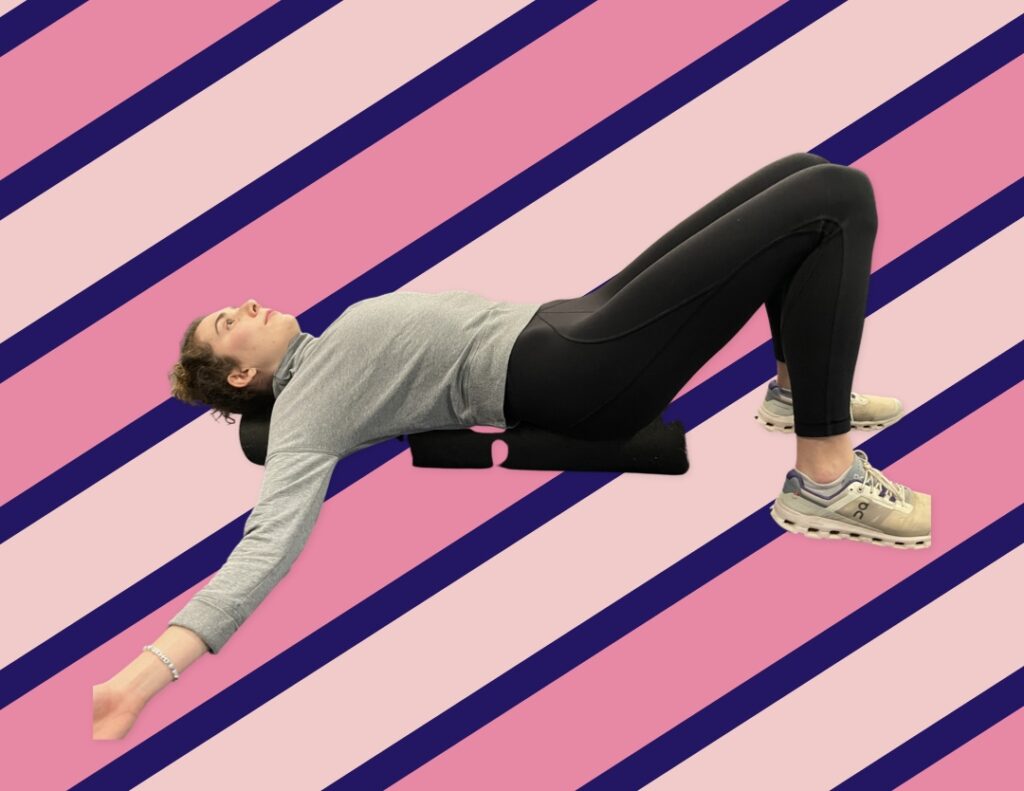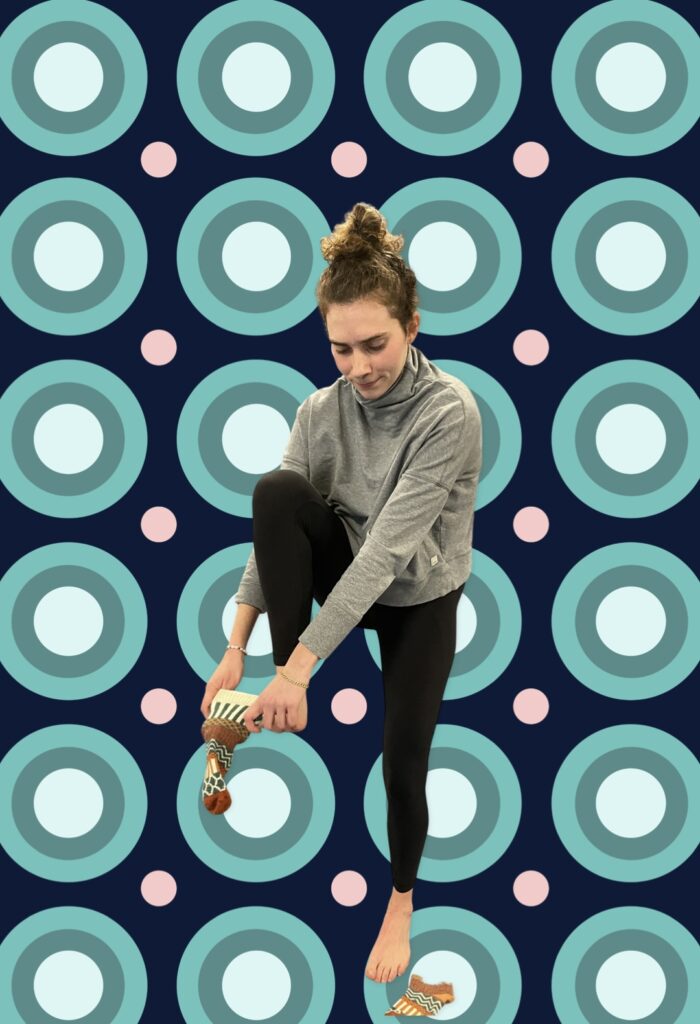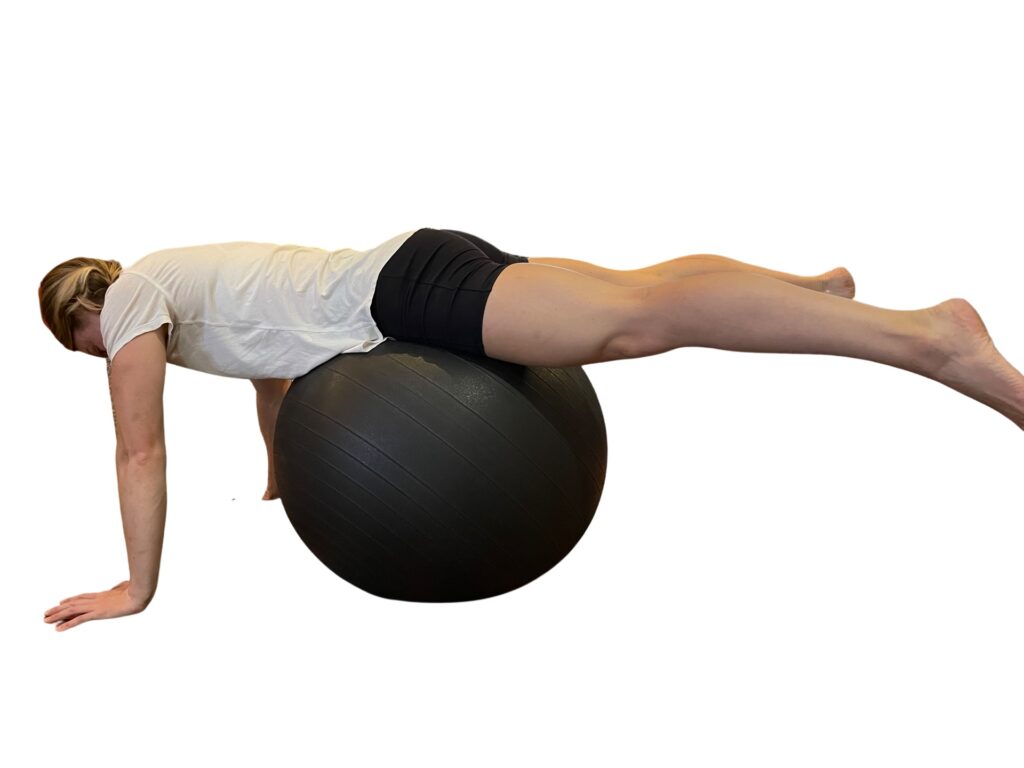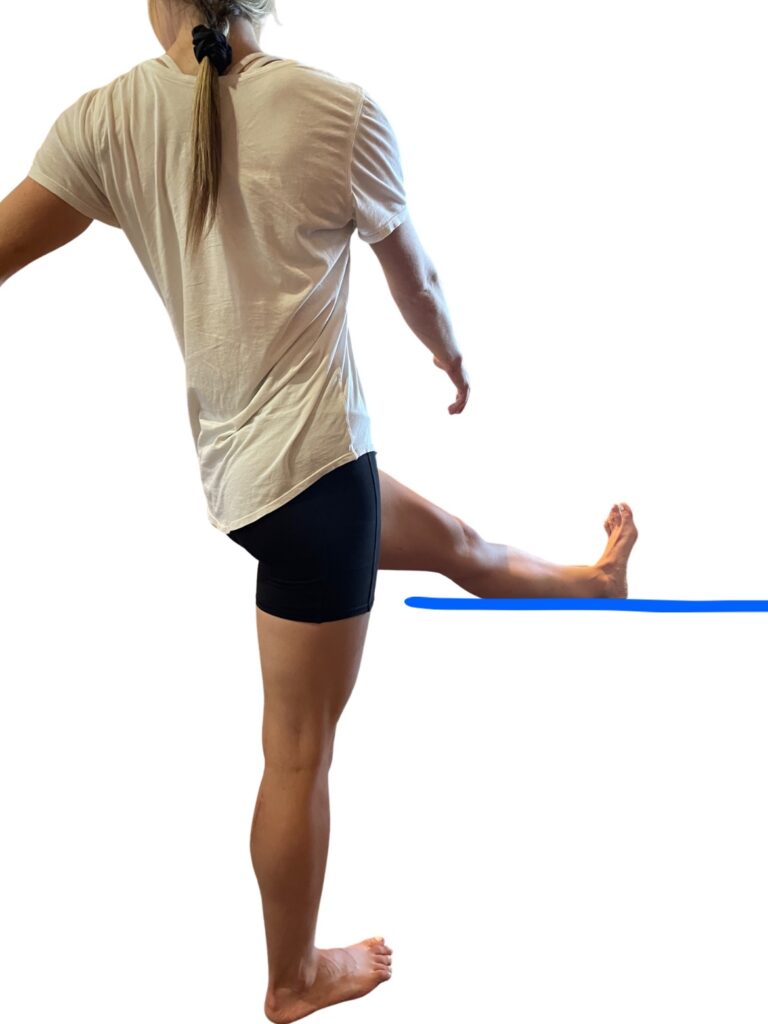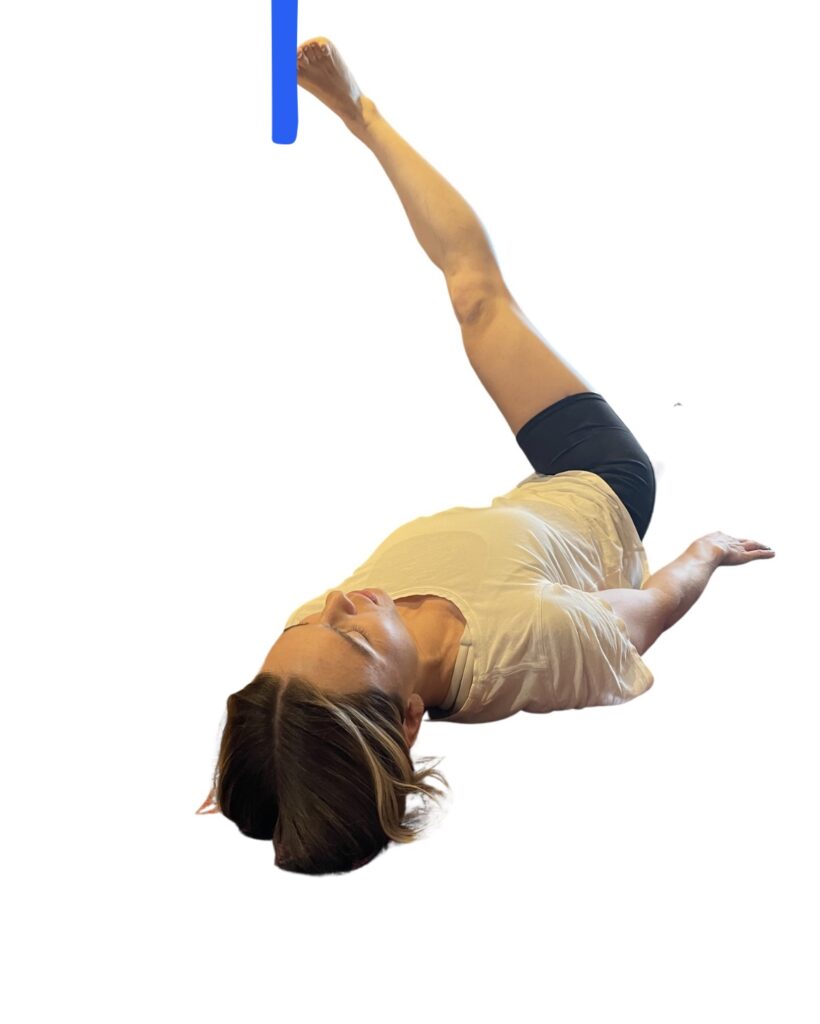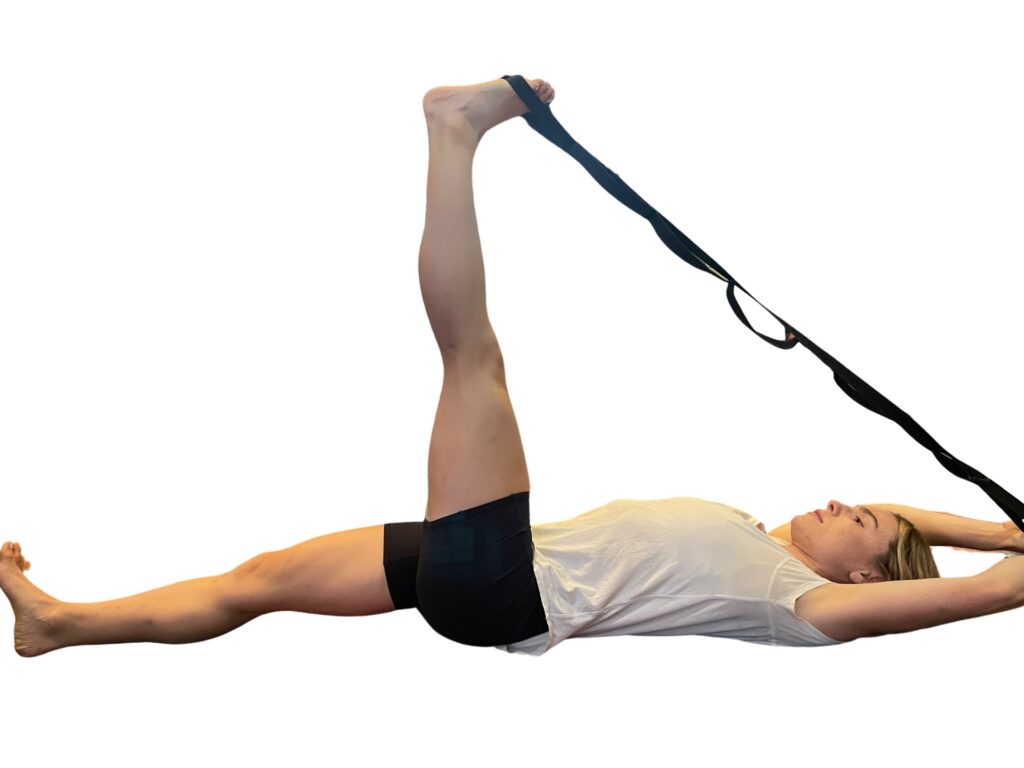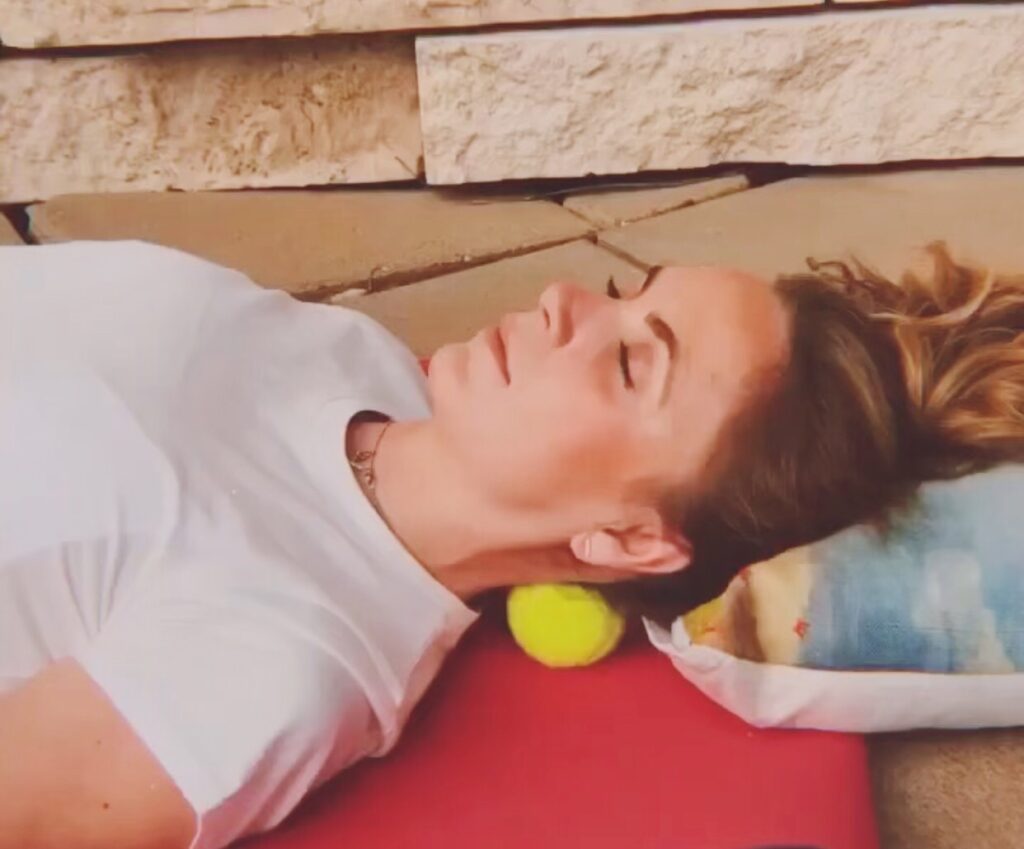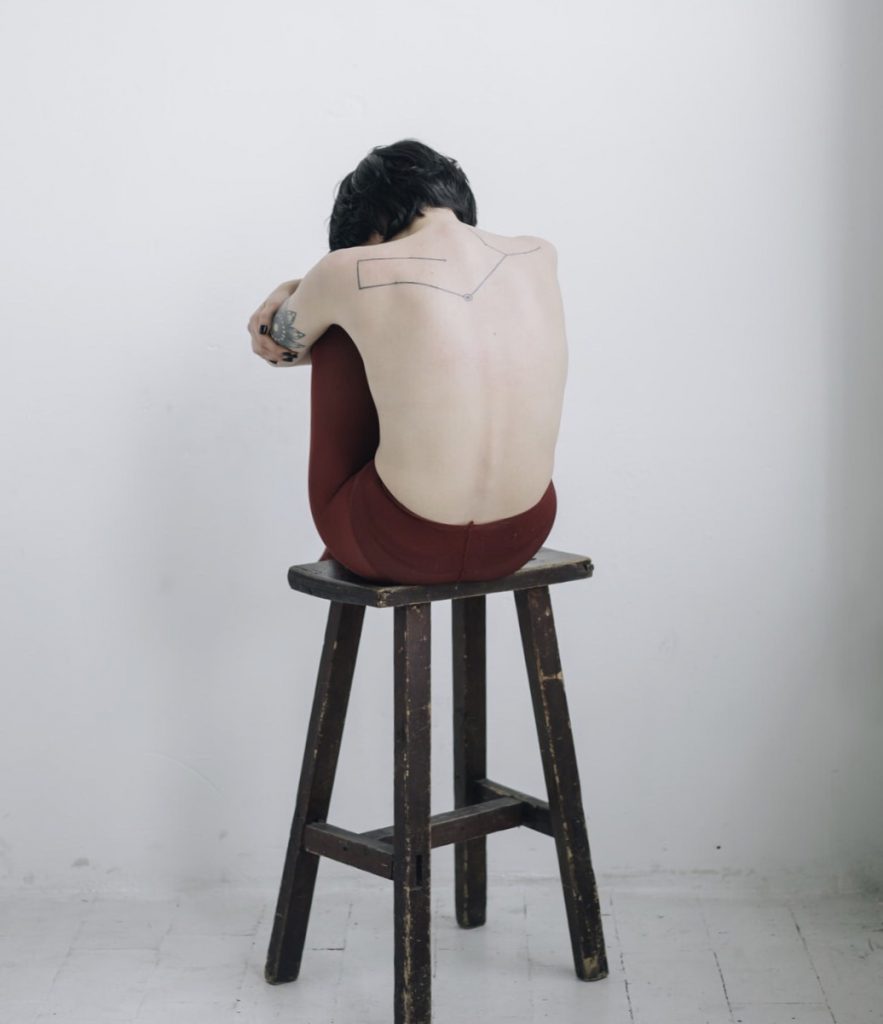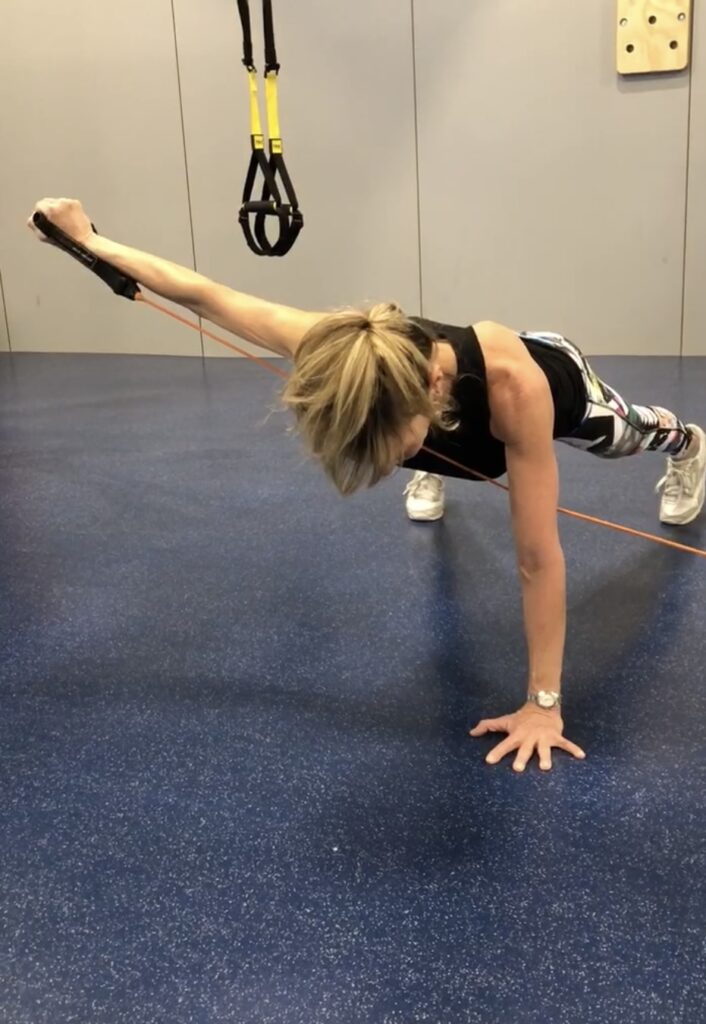
When you’re working on your core, choose exercises that enhance spine control and increase muscle endurance. Don’t make the mistake of using only exercises that move the spine, like sit-ups or roll-downs.
Social media is loaded with core workouts, but are mostly concerned with having ripped abs, and often ignore the real role of the core. Consider training the core differently than you might have been coached or are used to, in that you want to limit spine motion.
Your spine is very different from every other joint in your body, as it allows both movement and stability. The spine allows for tremendous mobility, as it has 33 individually stacked bones, each separated by a disc. But the spine is not a free-standing pillar. Rather, it is more like a radio tower composed of guy wires to stabilize it. The function of these guy wires is similar to that of the numerous muscles and ligaments that wrap around our spinal column: They provide tremendous strength and support, notes Dr. Stuart McGill, one of the most widely acclaimed spine researchers in the world.
Each muscle of your core, all 29 of them, must provide a certain amount of tension and stiffness for the spine to remain strong and resilient. It’s not that spine movement is bad, but we want to limit it when lifting or loading a flexed back. You’ll diminish chances of your spine buckling or getting injured by incorporating spine stiffness in your core work.
I’ve worked with numerous athletes who appear strong, yet when it comes to performing functional strength moves, their core foundation is actually quite weak. Elite athletes all over the world all rely on core stiffness as the center of power. Enhance your overall core strength and posture by sparing excess bending of the back, in your core work, and throughout the day.
Pallof Press with isometric hold
The Pallof Press starts with a load held isometrically at arm’s length. In this move, using a cable machine, the arms extend and retract throughout the movement, gradually changing the length of the lever arm, then adds a 2- or 3-second isometric hold. A top-notch move, this exercise increases the involvement of the stabilizers of both the shoulders and the core. The Pallof press is an excellent example of multiplanar core movement, unlike the days of only training muscle isolation.
- Preset the cable’s line of pull to shoulder’s height and set the weight to a reasonable resistance.
- Stand on one leg, perpendicular to the cable line of pull.
- Grasp the handle with both hands and hold in front of the chest.
- Brace the core , depress the shoulders, and extend the hands in front of the body and back toward the body. 8-12 reps; adding a 2- to 3-second hold at full arm extension.

Stir the Pot
- Start in a plank position, with your forearms securely resting on a physioball, hands flat.
- Brace the core, and extend the arms out and away from you, and back again, as if you were stirring a big spoon in a pot.
- Circle the ball in one direction for 30 seconds,
- Rest, and circle the ball in the other direction for 30 seconds.
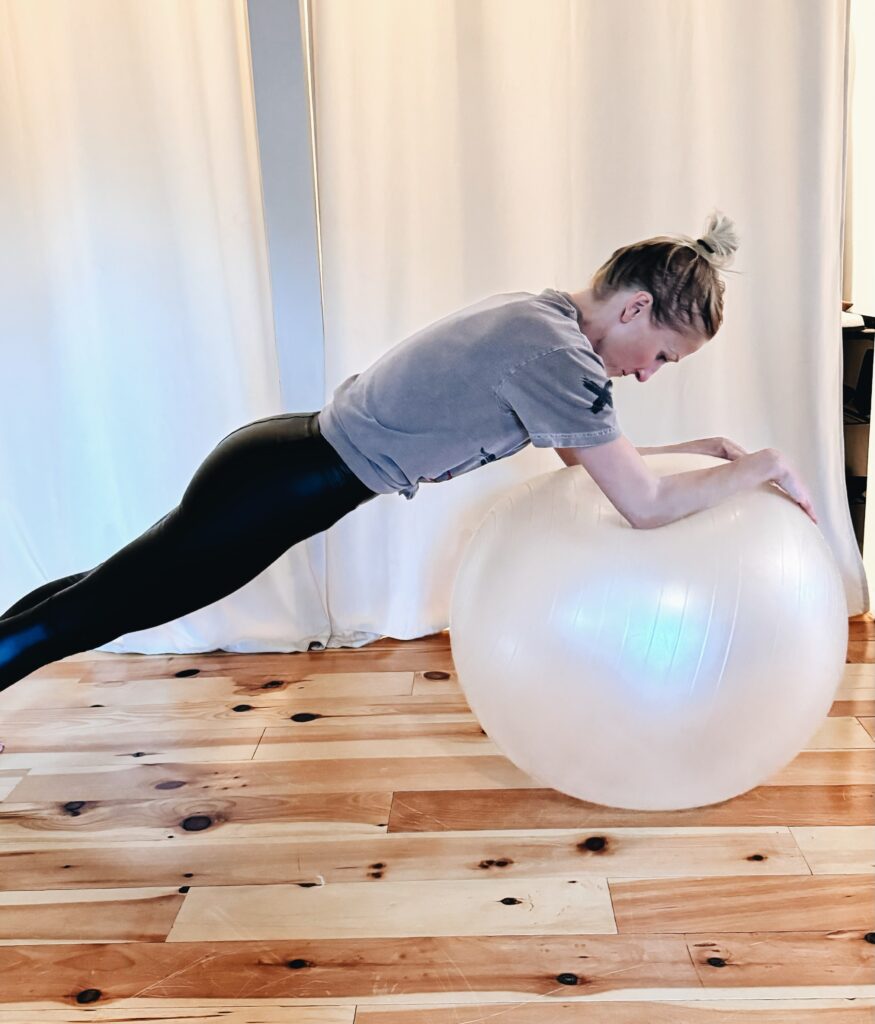
Published in The Idaho Mountain Express, November 15, 2024



